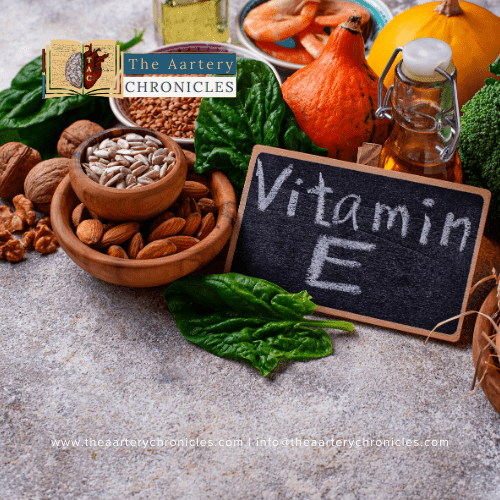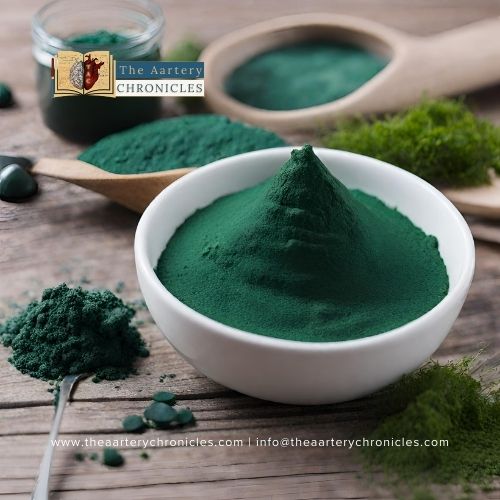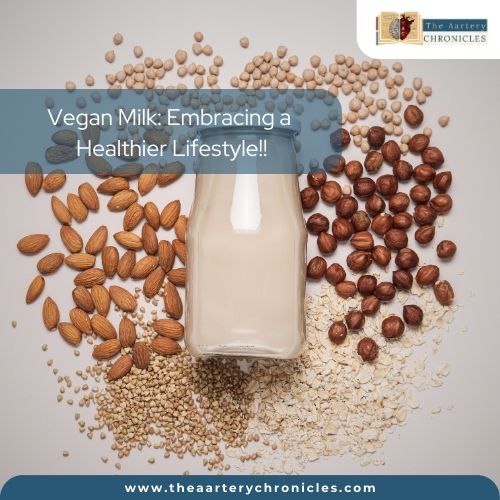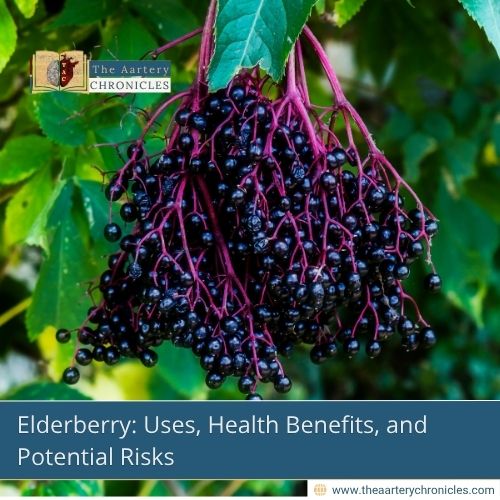
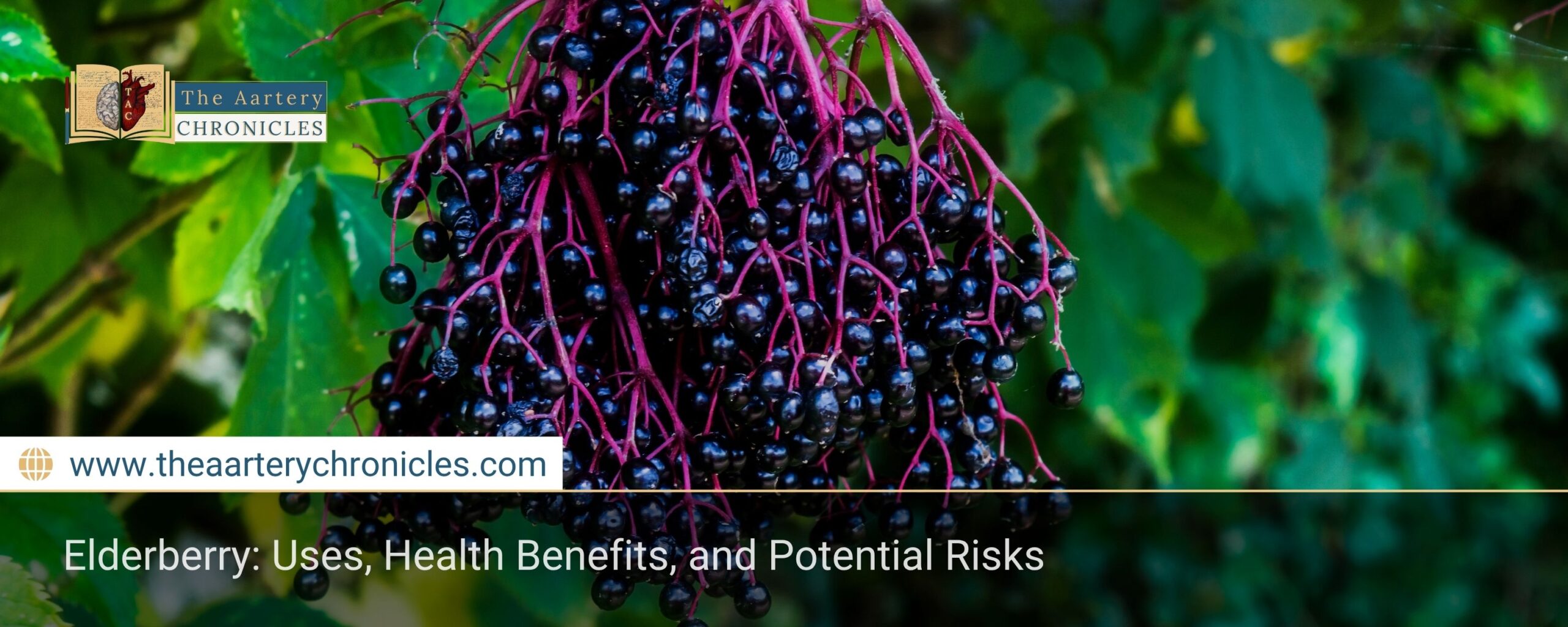
Elderberry: Know all about its Uses, Health Benefits & Risks
Elder is a shrub/small tree that grows 3-10 metres tall and is a species of the genus Sambucus, bearing clusters of small white flowers and bunches of black or blue-black fruits, i.e., berries. The flowers are called elderflowers, and the fruit is called elderberry. The unripe fruit is green in colour and black or blue-black once ripe.
Common names of elderberry are black elderberry, European elder, common elder, American elder, dwarf elder, blue elderberry, danewort, red-fruited elder and antelope bush.
The elderberry trees flourish in temperate to subtropical regions of the world. Many elderberry trees are grown for their ornamental leaves, fruit and flowers. They are mostly found near organic waste disposal regions, as they are nitrogen tolerant plants.
Scientific classification
Kingdom | Plantae |
Clade | Tracheophytes |
Clade | Angiosperms |
Clade | Eudicots |
Clade | Asterids |
Order | Dipsacales |
Family | Adoxaceae |
Genus | Sambucus |
The name of the genus Sambucus is derived from the Greek word Sambuke, which is an ancient wind instrument.
- CAUTION : The elderberries contain cyanogenic glycosides (toxic substances) which release cyanide and therefore are poisonous. However the good news is, that, once cooked, they become non-poisonous and can be consumed, in limits.
The elderberry tree has traditional medicinal properties and has been used for centuries.
- Flowers and leaves were used for alleviating pain, inflammation, swelling, stimulating urine, inducing sweating
- Bark was used as a laxative / diuretic
- Dried berries / juices were used to treat infections, influenza, sciatica, headaches, dental pain, nerve pain, heart pain
Composition of elderberries
Elderberries contain a high amount of Vitamin C, dietary fibre, antioxidants like Phenolic acids, antioxidant flavonols like quercetin, kaempferol, isorhamnetin, and anthocyanins (which have antioxidant and anti-inflammatory properties), which give them their dark colour. When diluted with water, this dark colour turns reddish.
Raw elderberries contain 80% water, 18% carbohydrates, less than 1% fat, and less than 1% protein. 100 gms. of elderberries have 73kcal food energy, 43% of the Daily Value (DV)of Vitamin C, a moderate level of Vitamin B6 (18% DV), and iron (12% DV).
General uses of elderberry
- Elderberry pigments are used as colouring agents for food or dyeing fabrics.
- The US FDA has listed elderberry juice colour as permitted in certified organic food products.
- The Japanese Food and Sanitisation Law lists elderberry juice as an approved “natural colour additive”.
- The elderberries of the racemosa are made into wine.
- The elderberry flowers are used to make elderberry cordial.
- Elderberry flowers are used to make St.-Germain – a French liqueur, and also Hallands Flader- a Swedish akvavit (distilled spirit).
- Spiles are made from hollowed elderberry twigs to tap maple trees for syrup.
- Blowguns, flutes and syringes are made of hollowed elderberry twigs.
- Dyes for basketry are made from elderberry twigs and fruit.
- Cleaning tools of watch makers are made from the pith of the elderberry tree.
- The elderberry tree is believed to ward off evil spirits in some cultures.
FUN FACT: In the book Harry Potter and the Deathly Hallows, a wand was made from an elderberry tree branch and was almost named Harry Potter and the Elder Wand!
Benefits of elderberries
Elderberries have the following health benefits (as per limited research).
- High nutrients: Elderberries have a high nutrient content and are effective for good skin maintenance.
- Treat colds: Elderberries in the commercial forms like syrups, capsules, liquids, lozenges, gummies, can treat cold symptoms. However, more research is required to show its efficacy in reducing influenza symptoms.
- Cardiovascular health: Elderberry juice may alleviate the levels of fats and uric acid in the blood, thereby protecting advent of cardiovascular issues.
- Blood sugar: Elderberries can increase the secretion of insulin for better blood sugar levels, thereby reducing the risk of cardiovascular diseases. The elderberry flowers contain alpha-glucosidase that may lower blood sugar levels.
- Lower cancer risk: The test-tube studies of the American elder and European elder have shown cancer-inhibiting properties.
- Fight bacteria: Elderberry can curb the growth of bacteria like Helicobacter pylori, thereby alleviating sinusitis and bronchitis symptoms.
Research on rats/mice
- Research carried out on rats has shown that the elderberry polyphenols increased the number of white blood cells, thereby improving the immune system.
- A study carried out on mice shows that the mice had improved moods and performance after being given 1200 mg per kg of elderberry extract, which shows its antidepressant properties.
- Studies show that elderberry flowers increased the urination frequency and salt excretion in rats.
However, research is required to be carried out on humans to confirm the benefits of elderberries.
Detriments of elderberries
- Consumption of raw unripe berries, the bark and seeds contain small amounts of lectins, which can lead to gastric issues like stomach ache, diarrhoea and nausea.
- The cyanogenic glucosides release cyanide, which is toxic and poisonous.
- Consumption of freshly picked raw berries from the mexicana elder leads to nausea, dizziness, weakness, vomiting, stupor and numbness.
- Branches, bark and leaves of the elderberry plant should not be cooked or juiced.
- Other types of elderberries than the American and European elder may be more toxic, so caution is advised while selecting them.
Care
Elderberries should not be consumed by children under 18 years, pregnant women, lactating mothers, people with auto-immune diseases, people with allergies, people under any medication, people having gastric issues.
Recommendation
It is recommended to consult your healthcare professional before consuming elderberries to prevent any health complications.


